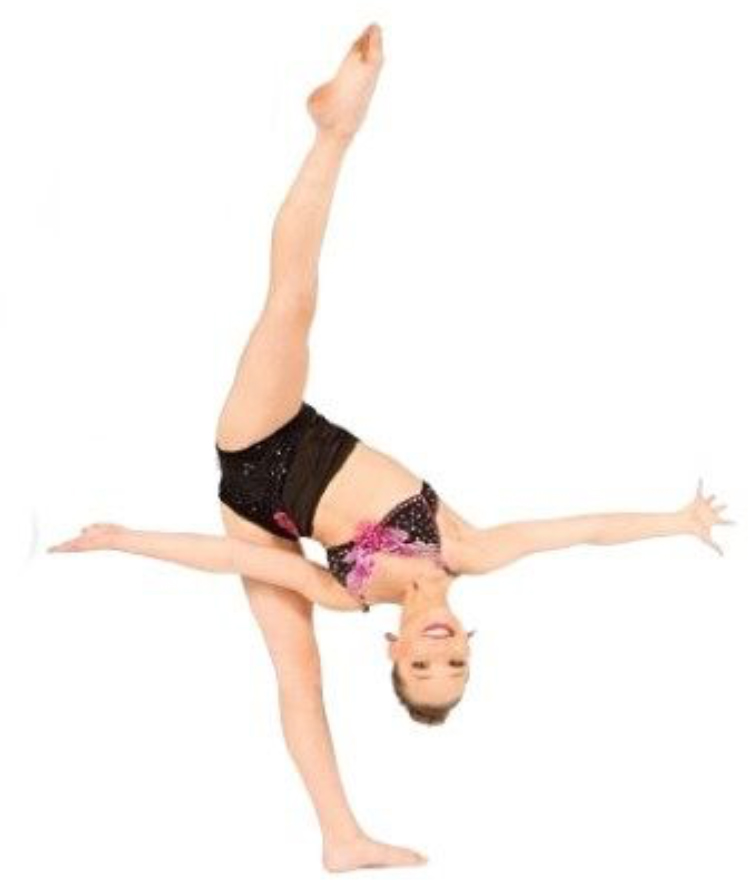Over the last couple of years it has become fashionable to teach a method of dancing that relies on stretches and contortions such as side tilts, needles and scorpions; or to have younger and younger girls going en pointe. This might be good for Instagram, but it is not the way JMDS teaches – and it never will be. I’ll tell you why.
Firstly, and most importantly, by putting such pressure on their hips and joints while their bones are still growing, these young dancers put themselves at risk of chronic joint pain, deformities, arthritis, early joint degeneration, and tears in the cartilage around the hip joints. Needless to say, a career in dance is not an option if any of these become the case.
Secondly, acrobatics form only a tiny part of the range of movements dancers can achieve if they’re taught properly. By focusing solely on acro, dancers are curtailing their potential.
Starting children en pointe too early can also cause serious damage, including stress fractures and deformed bones. The earliest age a child should be dancing en pointe is 11, but only if that child has had at least four years of solid training and if their body strength, weight and attitude are right. Putting a child en pointe at age 9 or 10 is irresponsible and dangerous. We won’t do it.
The teachers at JMDS teach dance for long-term gains, not necessarily in terms of a future career in dance (although obviously for some that is an option – and for many ex-students has become a reality), but in terms of strength, body confidence, poise and resilience.
Teaching children to over-stretch into eye-watering contortions or putting them en pointe before they are ready are very much short-term gains for, potentially, long-term pain.
Miss Jayne

